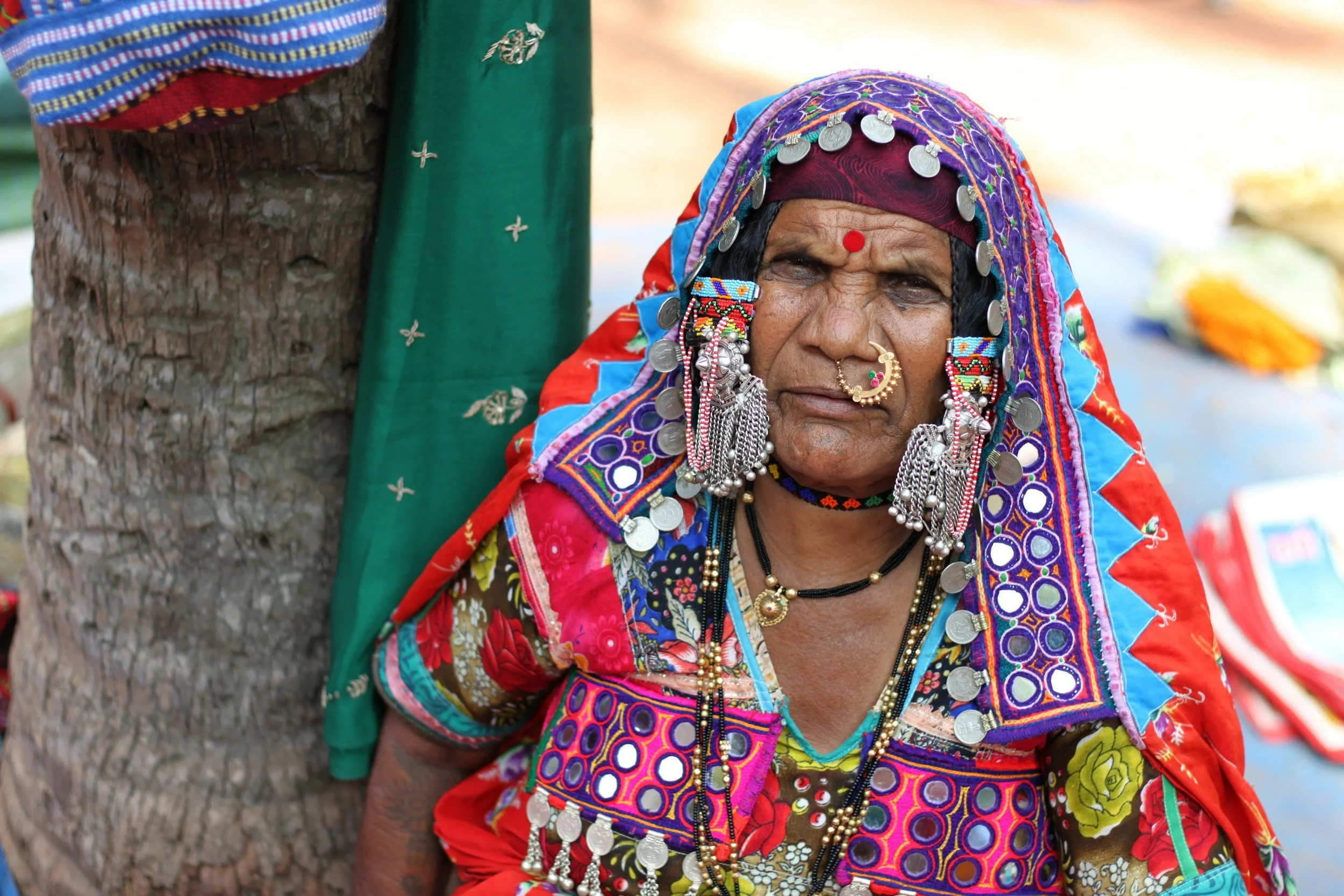THE TEXTILE HERITAGE OF INDIA
Rajasthan, equally rich in textile heritage, is celebrated for its Bandhani tie-dye technique, which produces beautiful dotted patterns with striking visual appeal. The state’s opulent Zari work, crafted with fine metallic threads, adds a regal touch to many garments. Embroidery styles like Gota Patti, involving the application of gold and silver ribbons, and Mukaish, known for its delicate metallic thread work, further enhance the grandeur of Rajasthani textiles, reflecting centuries of artistic excellence and cultural splendor.
India’s textile history spans thousands of years, showcasing an incredibly rich and diverse array of fabrics that have been admired across the world for their exquisite craftsmanship and vibrant designs. From the sophisticated cotton weaving techniques evident in the ancient Indus Valley Civilization, Indian textiles have evolved gracefully. Over centuries, the fusion of regional skills, deep-rooted religious beliefs, and sustained patronage by royal courts elevated Indian textiles into a highly respected and cherished art form.
The states of Gujarat and Rajasthan, in particular, stand out for their unique and vibrant textile traditions. Gujarat is renowned for the Patola fabric, a precise and intricate silk double ikat, distinguished by its bright, geometric patterns and unparalleled craftsmanship. The Kutch region of Gujarat is also famous for its exquisite embroidery, such as Rabari work, which features dazzling mirror embellishments alongside strong, skillful stitches. Another hallmark is Kutchi embroidery, inspired by the lush landscapes and folklore, creating richly textured narratives in thread.
Women have been the cornerstone of India’s textile legacy, both as creators and preservers of traditions. Often managing household looms, embroidering intricate designs, and innovating dyeing techniques, women have sustained and evolved many indigenous craft forms, including home textiles that furnish Indian homes with warmth and cultural resonance. The iconic saree, an enduring symbol of feminine grace and artistry, often represents regional narratives: the Banarasi silks, the Kanjeevaram with temple-inspired motifs, and the Bandhani sarees reflect the deep involvement of women in textile arts, marrying functionality with aesthetics.

















